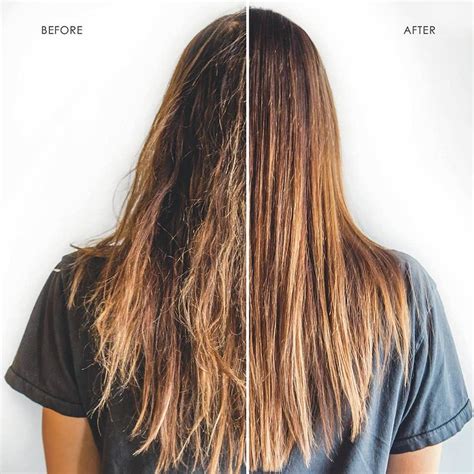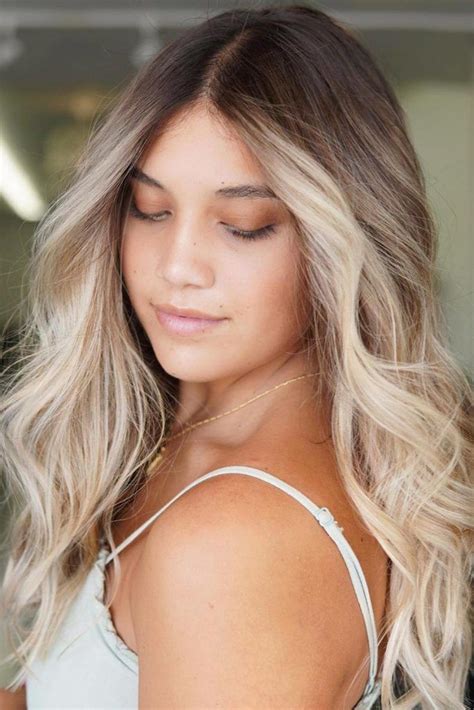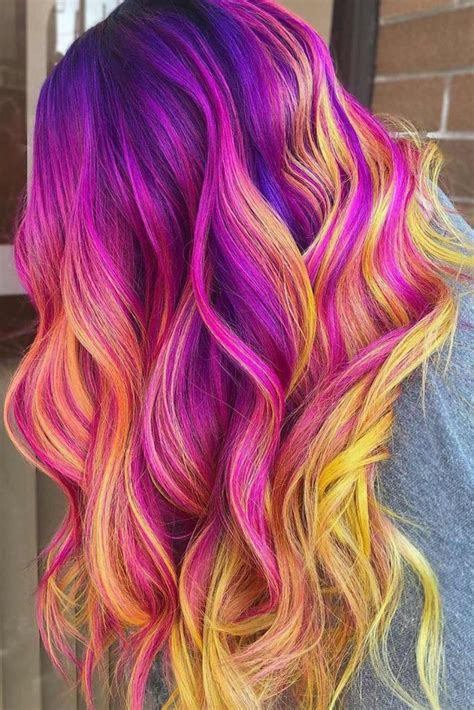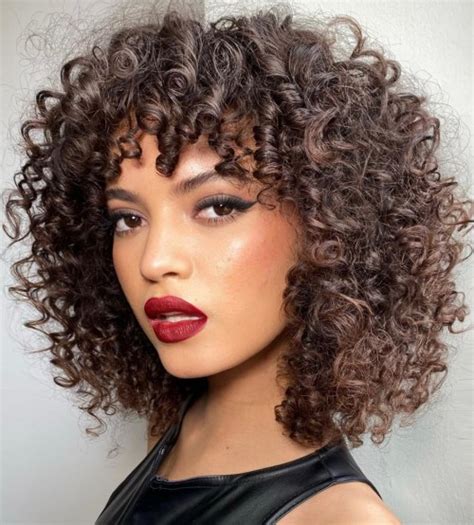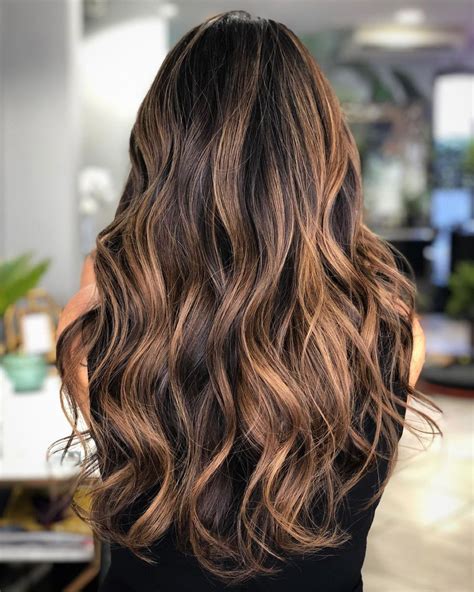Learn how to prevent and repair heat damage, and discover effective heat-free styling techniques with our expert tips and advice.
Understanding heat damage
Contents
Heat damage is a common issue for individuals who frequently use heat styling tools such as flat irons, curling wands, and blow dryers. It occurs when the high temperatures from these tools cause the hair cuticles to become raised and uneven, resulting in dry, brittle, and frizzy hair. Heat damage can also lead to split ends and breakage, making it difficult to maintain healthy and lustrous locks.
When the hair is exposed to excessive heat, the proteins within the hair shaft can become damaged, leading to a loss of elasticity and strength. This can result in a lack of moisture retention, causing the hair to appear dull and lifeless. Understanding the science behind heat damage is crucial in learning how to prevent and repair it effectively.
Additionally, it’s important to recognize the warning signs of heat damage, including rough texture, lack of shine, and increased frizz. By understanding the symptoms, individuals can take proactive measures to protect their hair and prevent further damage.
It’s also worth noting that different hair types and textures may be more susceptible to heat damage. Those with fine or chemically-treated hair may experience heat damage more rapidly than others. Understanding how your hair responds to heat is essential in developing a personalized approach to preventing and addressing heat damage.
Preventing heat damage
Heat damage to hair can be a common problem, especially for those who regularly use hot styling tools such as blow dryers, flat irons, or curling wands. However, there are several precautionary measures that can be taken to minimize the risk of heat damage to the hair.
First and foremost, using a heat protectant product before applying heat to the hair is essential. Heat protectants create a barrier between the hair shaft and the heat, helping to prevent damage and breakage. Look for a heat protectant spray or serum that is specifically formulated for your hair type.
In addition to using a heat protectant, it is important to limit the frequency of heat styling. Whenever possible, allow your hair to air dry instead of using a blow dryer, or use heat-free styling techniques such as braiding or twisting to create curls and waves.
When using hot tools, be mindful of the temperature settings and avoid using excessive heat. Lower heat settings can still effectively style the hair without causing as much damage. It is also important to regularly trim the hair to remove any split ends and prevent them from traveling up the hair shaft.
By following these prevention tips, you can help protect your hair from the damaging effects of heat styling, keeping it healthy and strong.
Effective hair repair methods
Heat damage to the hair can be a major concern for many individuals who frequently use styling tools such as flat irons, curling wands, and blow dryers. However, there are various effective hair repair methods that can help to restore the health and vitality of damaged hair.
One method for repairing heat-damaged hair is to make use of deep conditioning treatments on a regular basis. These treatments can penetrate the hair shaft to provide much-needed moisture and nourishment, helping to repair and revitalize damaged strands.
Additionally, trimming the hair regularly can help to get rid of split ends and prevent further damage from traveling up the hair shaft. This can also make the hair appear healthier and more manageable.
Another way to repair heat-damaged hair is by incorporating protein treatments into your hair care routine. These treatments can help to strengthen the hair and reduce breakage caused by heat damage.
Using hair masks with ingredients such as argan oil, keratin, and shea butter can also provide much-needed moisture and nourishment to heat-damaged hair, helping to improve its overall health and appearance.
Using heat protectant products
When it comes to protecting your hair from heat damage, *using heat protectant products* is a crucial step in your hair care routine. Heat protectants create a barrier between your hair and the heat styling tools, such as flat irons and curling wands, to minimize the damage caused by high temperatures.
Choosing the right heat protectant for your hair type is essential. Look for products that are specifically designed for your hair texture and type. Whether you have fine, thin hair or thick, curly hair, there is a heat protectant out there for you.
Before using any heat tool on your hair, it is important to *apply the protectant* thoroughly, focusing on the ends and mid-lengths of your hair where the most damage occurs. Spray or distribute the product evenly to ensure that all strands are covered.
It’s also important to keep in mind that *reapplication of heat protectant* may be necessary if you are using high heat settings or restyling your hair throughout the day. Regular touch-ups can help maintain the barrier against heat and minimize the risk of damage.
Additionally, *investing in a quality heat protectant* product can make a significant difference in the health of your hair. Look for ingredients that provide both heat protection and nourishment, such as argan oil or keratin, to keep your hair looking and feeling its best.
Heat-free styling techniques
When it comes to preventing and fixing heat-damaged hair, one of the most effective methods is to avoid using heat styling tools altogether. By embracing heat-free styling techniques, you can give your hair a much-needed break and prevent any further damage.
One of the best heat-free styling techniques is to air dry your hair instead of using a blow dryer. This not only reduces the risk of heat damage, but it also helps maintain the natural moisture and texture of your hair. Additionally, you can try using flexi rods or cold wave rods to achieve curls and waves without the need for heat.
Another great way to style your hair without heat is to experiment with braids, twists, and buns. These styles not only look great, but they also help protect your hair from heat damage by keeping it away from hot styling tools. Plus, they can create beautiful, natural-looking waves and curls when undone.
Furthermore, consider using protective hairstyles such as updos and buns, which can shield your hair from the damaging effects of heat styling. These styles are not only practical and convenient, but they also provide a stylish and effective way to prevent heat damage.

